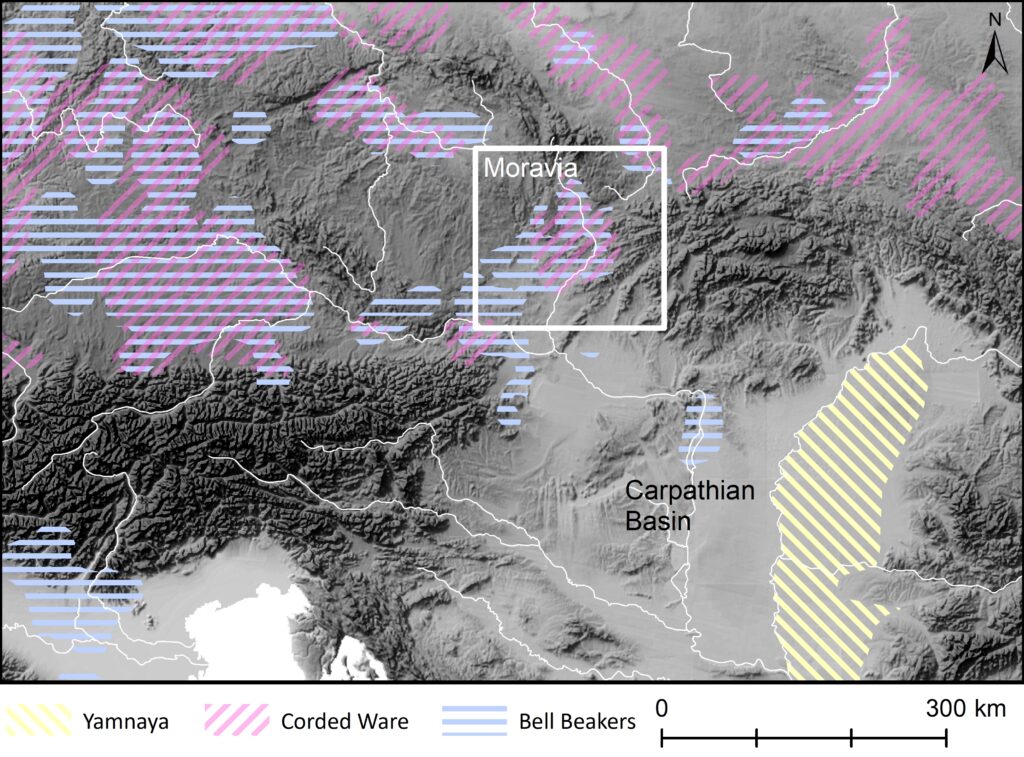Demographic interactions between the last hunter-gatherers and the first farmers
Alfredo Cortell-Nicolau led this interesting paper published in PNAS. This paper is presenting a model shedding new light on the transition from hunter-gatherer to farming societies. Rather than focusing exclusively on external factors, the model explores the internal demographics and the significant impact of human interactions. The model identified potential societal outcomes based on demographic changes, emphasising aspects such as migration rates, cultural assimilation and the role of mortality in these transitions. Very happy to be part of this paper investigating these processes in regions of Southern Scandinavia, Spain and Japan.

31st March 2025
Standards for collecting big archaeological data are out
With the team of the COREX team we finally published our paper „The BIAD Standards: Recommendations for Archaeological Data Publication and Insights From the Big Interdisciplinary Archaeological Database“ which is rooted in our deep frustrations from data collection and attempts of data harmonisation in the BIAD database. We touched upon the standards of geographical and chronological determination of archaeological sites and phases, integrating legacy data, reporting all necessary metadata for diverse samples, harmonising osteological data from different scholarly traditions and many more. Sam Reiter led us and everyone can read our recommendations for better publishing practice of archaeological data in Open Archaeology.

5th October 2024
My lecture from the research seminar at UCL is now on youtube
In this lecture I am summarising some of the main results of the project „Land use, social transformations and woodland in Central European Prehistory. Modelling approaches to human-environment interactions“ which I led 2019-2022.
The papers mentioned in the lecture can be downloaded from these links: Quaternary Science Reviews, Journal of Ecology, Preslia.
11th June 2024
Quaternary Environments and Humans – new open-access journal
I totally forgot to mention here that the International Union for Quaternary Research (INQUA) and Elsevier founded a new journal – Quaternary Environments and Humans, and I became one of their editors. We would like to create a journal publishing high-quality research papers from full spectrum of disciplines from the physical and natural sciences, archaeology and the humanities. We are looking forward to publish interdisciplinary and transdisciplinary contributions reporting and promoting debates on the long-term and multifaceted relationship among changing climates, environments and the hominins that occur in the Quaternary. Publish with us – if you submit your paper until the end of June 2024, there will be no fees!

12th October 2023
Pollen anthropogenic indicators revisited using large-scale pollen and archaeological datasets
Last paper from my project financed by the Czech Science Foundation was just published in Preslia. In this paper, led by Vojtěch Abraham, we use the pollen and archaeological databases available for the Czech Republic to determine links between individual pollen taxa and archaeological data and search for the spatial scales of comparability. The datasets include 1,500 pollen samples and 65,000 archaeological components covering the period from 12,000 to 700 cal. BP divided into time windows of 250 years. The pollen taxa with a positive correlation with the level of past human activity, indicated by all methods, are: Plantago lanceolata, Artemisia and Amaranthaceae, resprouting edible trees that tolerate fire and pruning (Quercus) and pioneer trees (Pinus). The radius of comparability of pollen and archaeological evidence is around tens of kilometres due to the spatial resolution of archaeology is the area of a parish, but lower for herbaceous plants (15–20 km) than for trees (30–40 km). This critical comparison delimits overlaps and gaps between widely-used assumptions and data-based evidence.
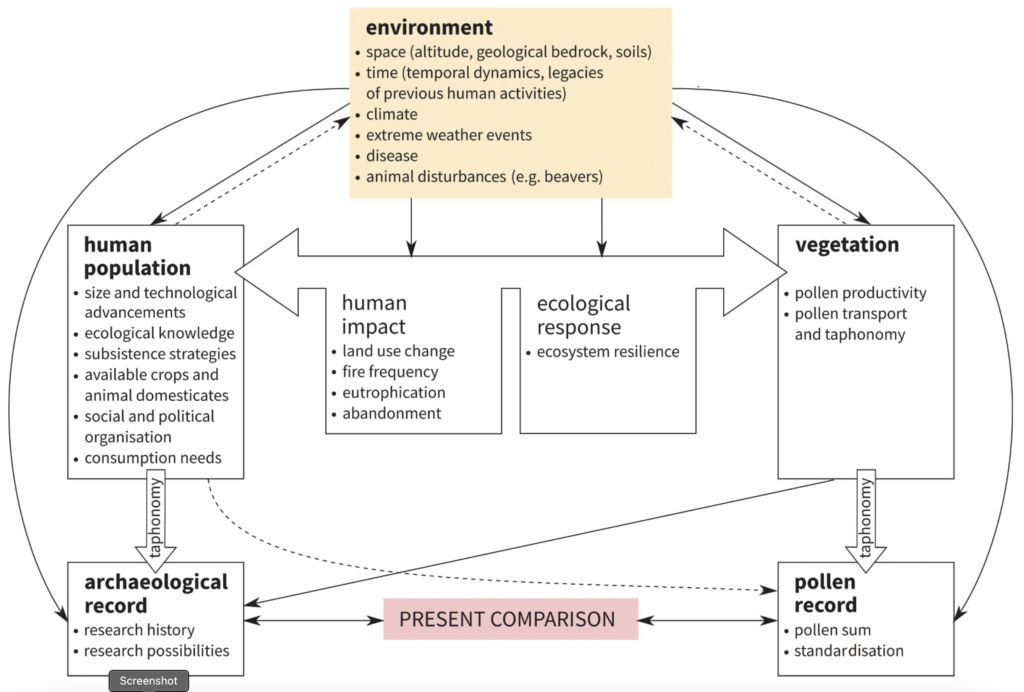
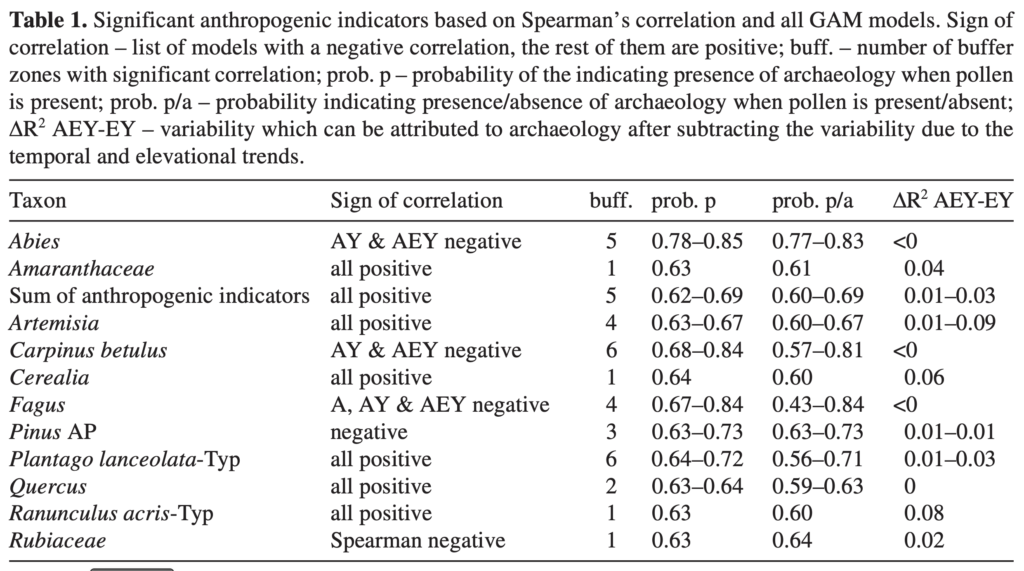
29th September 2023
The diversity and distribution of introduced plant species reflect 8000 years of settlement history
In this paper in Journal of Ecology, led by Martin Macek, we analysed spatial relations between the present-day species richness of archaeophytes and native flora, the environmental setting, archaeological evidence, and the relationship between the residence time of archaeophytes and their regional range size. We used fine-scaled gridded information on plant diversity and archaeological records for the period 6000 BCE to 1000 CE in Czechia, Central Europe. Summing up, the present-day regional diversity of plants introduced before 1492 CE mirrors the intensity of past human settlement. Our results suggest that the main underlying mechanism is the environmental filtering of non-native species pools, while dispersal limitation plays a minor role in the regional patterns of archaeophyte diversity.
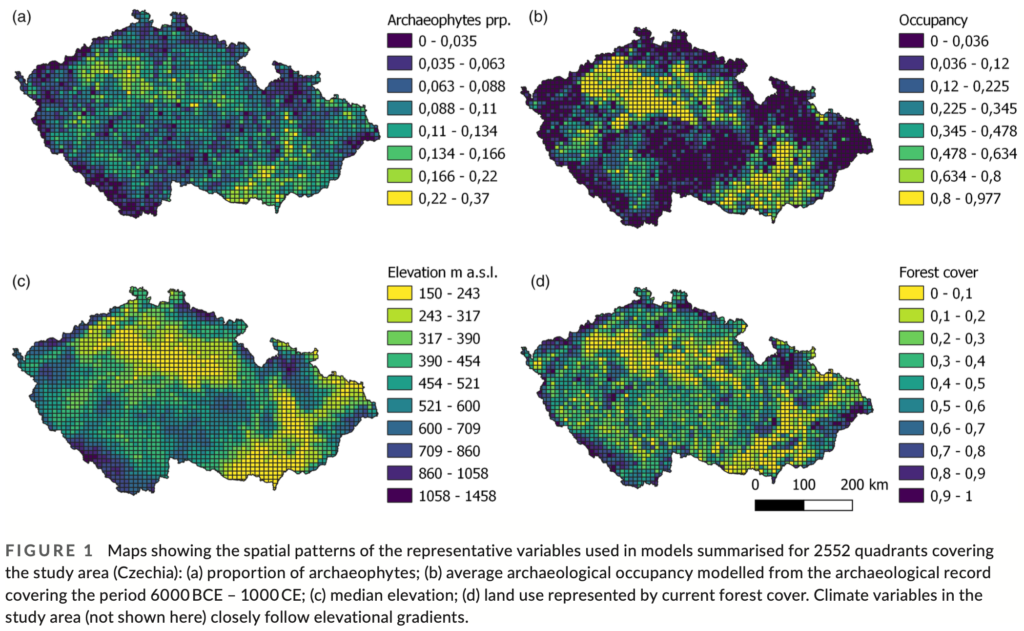
2nd May 2023
Beyond Technology: Pottery Reveals Translocal Social Relations at a Bell Beaker Monumental Site in Central Europe
Adam Gašpar who focuses in his research on pottery technology in prehistory led this collaborative paper (in European Journal of Archaeology; open-access) on Bell Beaker social relationships registered in pottery technology. We analysed the extra-ordinary Bell Beaker site near Brodek u Prostějova (Czechia). Remains of a large timber construction accompanied by four symmetrical ritual deposits with numerous artefacts, including more than fifty ceramic vessels have been found there. The pottery decoration consists of incised patterns, in nineteen cases with preserved white inlaid incrustations. To investigate the social relations at this extraordinary site, we employed a multi-analytical and micro-destructive approach to determine the provenance and technology of the pottery and the composition of the white incrustations. The results indicate various origins for the pottery within the region and the presence of extra-regional fabrics and graphitic temper. The main raw materials for the white inlays were calcium carbonate (calcite), hydroxyapatite (bone), and bright clay. The mixing of decorative motifs and the variation in the shape and size of the beakers suggest unique manufacturing processes. These results lend support to the monumental site of Brodek serving as a ritual place for several communities from both local and wider areas.
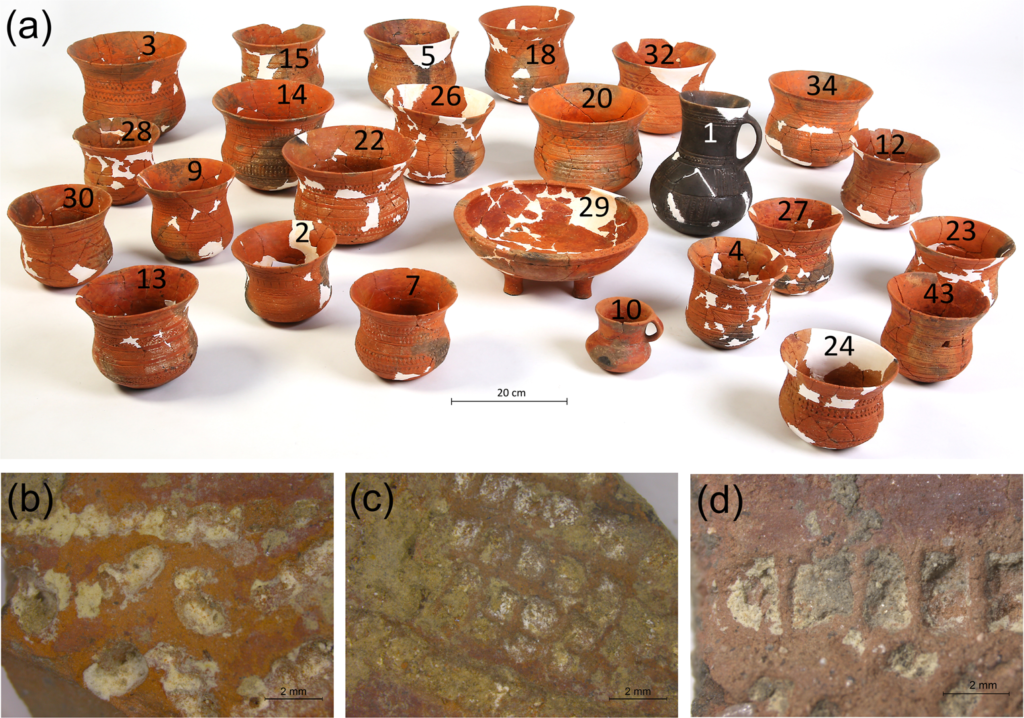
1st December 2022
Long-term demographic trends and spatio-temporal distribution of past human activity in Central Europe
One of the main results of my project finally published in Quaternary Science Reviews! I collaborated on that with Martin Macek, Vojtěch Abraham, Peter Tkáč and David Novák. We focused in our study on the Czech Republic, which represents a unique region with abundant digital archaeological and palynological datasets comprising tens of thousands of records covering the whole Holocene. We used these datasets to quantify long-term demographic trends and to delimit past human activity in space and time. Through spatio-temporal modelling of human activity we identified four major demographic events and processes between 10,000 BCE and 1000 CE – the beginning of the Neolithic at 5400 BCE, the Eneolithic/Bronze Age transition in the 3rd millennium BCE, Bronze Age expansion after 1500 BCE, and mediaeval expansion after 500 CE. We identified two settlement cores in the lowlands, with additional inner and outer peripheries with different demographic histories. Our study clearly shows that prehistoric and early historic population dynamics were not a homogenised process and were regionalized according to local environmental and social conditions. The comparison of archaeological results with pollen-based vegetation proxies also showed regional aspects in human-vegetation interactions. Agro-pastoral communities dwelling in the lowlands mostly influenced the openness of the landscape, used for fields and pastures, whereas contemporary communities with a similar economic mode residing in a different region are more visible in pollen records through species and structural changes in woodlands. The agro-pastoral subsistence strategy did not start everywhere with the onset of the Neolithic: in some regions it failed after several centuries, in others, the foraging lifestyle persisted significantly longer, and farming became a major economic strategy much later.
13th November 2022
An integrative skeletal and paleogenomic analysis of stature variation suggests relatively reduced health for early European farmers
The collaborative paper on stature variation during the prehistory in Europe led by Stephanie Marciniak was finally published in PNAS! We announced the preprint already last year so the details can be found below. Very happy to contribute to this work with many others!

6th April 2022
Long time-series ecological niche modelling using archaeological settlement data: Tracing the origins of present-day landscape
Peter Demján from the Institute of Archaeology of the Czech Academy of Sciences in Prague led our work on this amazing paper. I’m very happy to contribute to this paper in Applied Geography. It is the first time we collated and analysed datasets of archaeological sites from the whole Czech Republic. Using a large dataset of evidence of prehistoric settlement activities spanning 6600 years from the beginning of agricultural prehistory, we analysed to what degree settlement was related to environmental parameters. We quantified the strength of this relation in terms of the predictive power of ecological niche models generated with the MaxEnt method. We observed a significant variability of settlement behaviour over time, but also landscape occupation, which has retained similar general characteristics to now. This shows that settlement strategies were remarkably stable and the presence of previous settlement was beneficial for subsequent land-use. Comparison of prehistoric settlement with contemporary landscape typology also points to a long-term legacy pre-dating historical periods, which makes the landscape our largest and most important heritage monument.
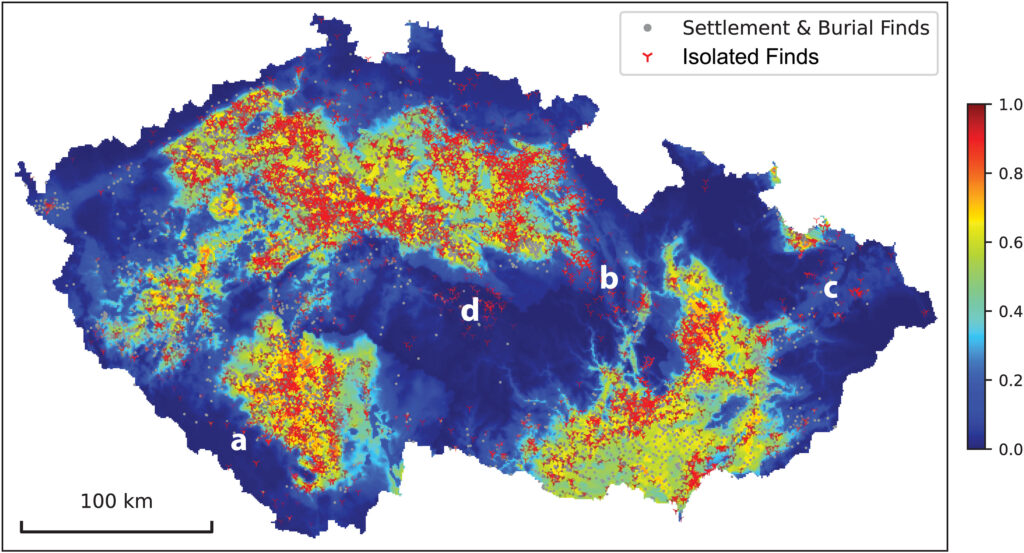
25th February 2022
Towards New Demography Proxies and Regional Chronologies: Radiocarbon Dates from Archaeological Contexts Located in the Czech Republic Covering the Period Between 10,000 BC and AD 1250
All the COVID19-related lockdowns and closures of archives and libraries had also a bright side. My colleague and phd candidate Peter Tkáč collected a database of archaeological radiocarbon dates from the Czech Republic covering the whole Holocene. We need that dataset for creating demographic models within our project, but we published it instantly as it might be used in many other ways. The open access dataset can be downloaded from ZENODO and a data paper from the Journal of Open Archaeology Data.
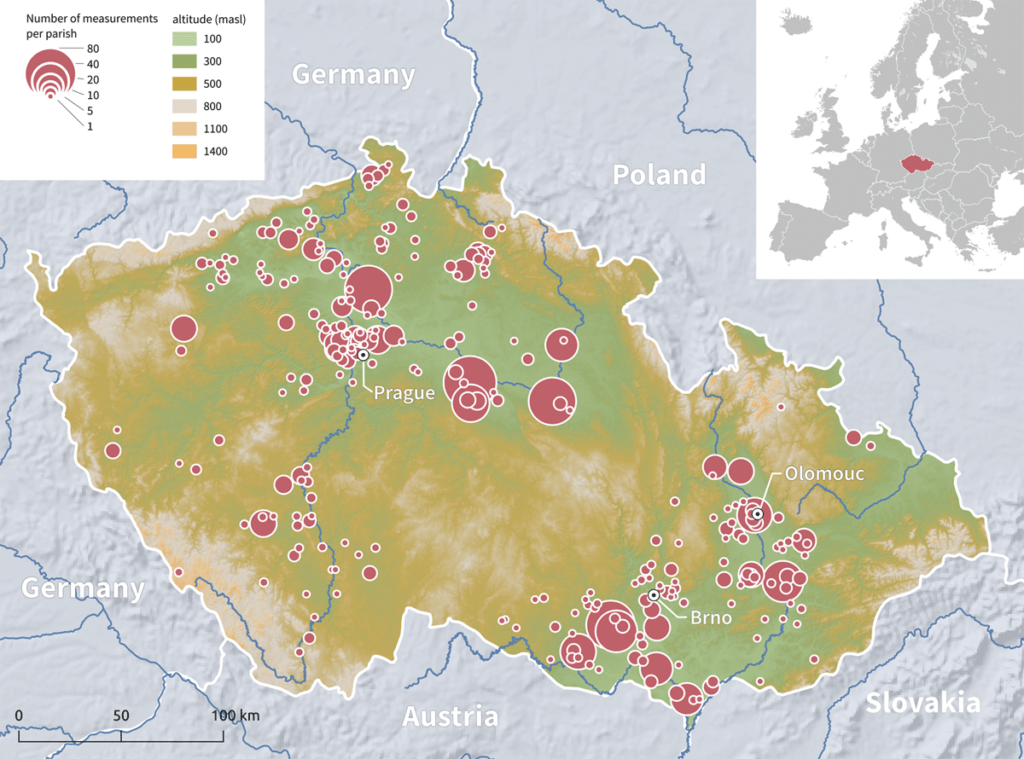
11th December 2021
Dynamic changes in genomic and social structures in third millennium BCE central Europe
In this recent paper in Science Advances I collaborated with Luka Papac (leading author), Wolfgang Haak, Michal Ernée and many others on the combination of archaeological and genetic data from Bohemia. The paper presents exciting results based on 271 human genomes from several Copper and Bronze Age sites in Bohemia. The results include some new migration events and high genetic diversity within the relatively homogenous archaeological cultures. My most favourite result touches the ‚steppe migration‘ in the 3rd millennium BC. Previous authors thought that this was connected mainly to young men and led to the emergence of the Corded Ware in Europe, but here we show that the whole story was much more manifold. The earliest individuals associated with the Corded Ware comprised of both ‚steppe‘ and ‚non-steppe‘ ancestry, those with the ‚steppe‘ ancestry included women too. The mobility events were not such sausage parties as some archaelogists sometimes think.
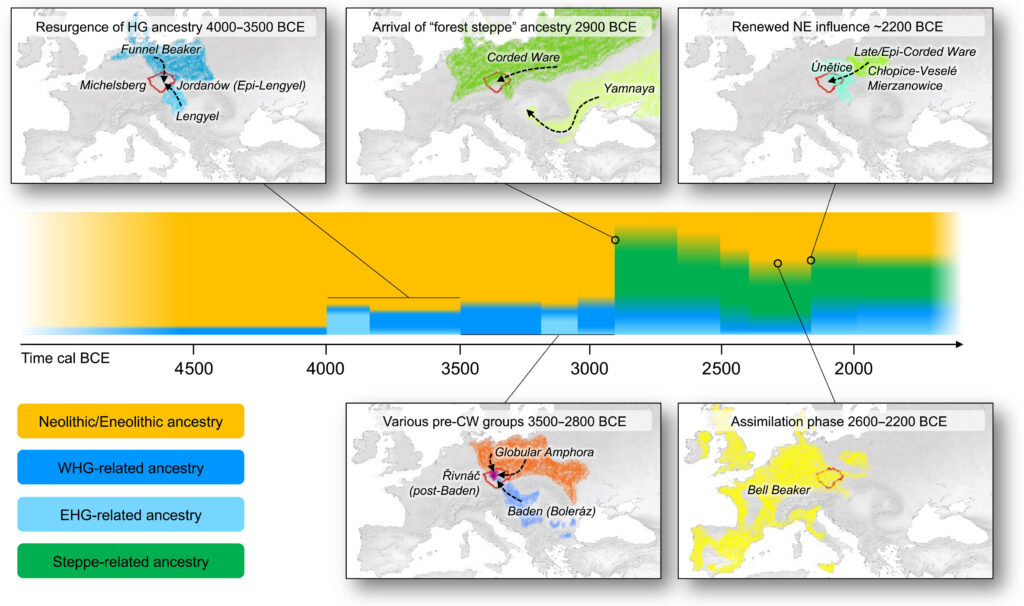
6th September 2021
On interdisciplinarity in the humanities: A comment on Fanta et al. (2020) on the bias in dating obtained from historical sources
In this paper in Journal of Archaeological Science we (together with my colleague Péter Szabó) commented on a recent paper analysing the Medieval colonization processes in Bohemia. The authors compared archaeological and historical data and concluded that the first mentions of settlements in historical documents are not reliable sources for settlement dating and should be always verified and superseded by archaeological data, which are, in contrast, mostly unproblematic. We argue that this conclusion is controversial from several aspects. Firstly, it neglects the disciplinary constraints of archaeological evidence for medieval settlement development, as regards quality and chronology. Secondly, there are several legitimate perspectives from which to analyse the data. Our reanalysis of the original dataset showed that in partial contrast to the conclusions of Fanta et al. (2020) when viewed from the point of view of historical evidence, the time lag between the historical and archaeological dating increased with time and that the historical dating of most of the settlements between the 10th and 13th centuries was supported by archaeological evidence. Lastly, we demonstrated how research combining different disciplines (archaeology, history, palaeoecology, geography) and types evidence can reveal the manifold processes of human settlement dynamics. In our view each type of evidence has advantages as well as drawbacks, therefore strictly prioritising one at the expense of others hardly furthers the understanding of complex social phenomena.

21st July 2021
Mapping past human land use using archaeological data: A new classification for global land use synthesis and data harmonization
This paper in PLOS One is a collaborative effort of a large international research group LandCover6K led by Kathleen Morrison from the University of Pennsylvania. Past land use mapping was discussed on several LandCover6K workshops during the last couple of years and we finally published the collective paper on global land use synthesis and data harmonization. The paper introduces a common land use terminology which can be used and understood globally. Archaeological data on land use enables us a better way of quantification of human impact on the Earth during the past and creation of better climate change scenarios for the future.
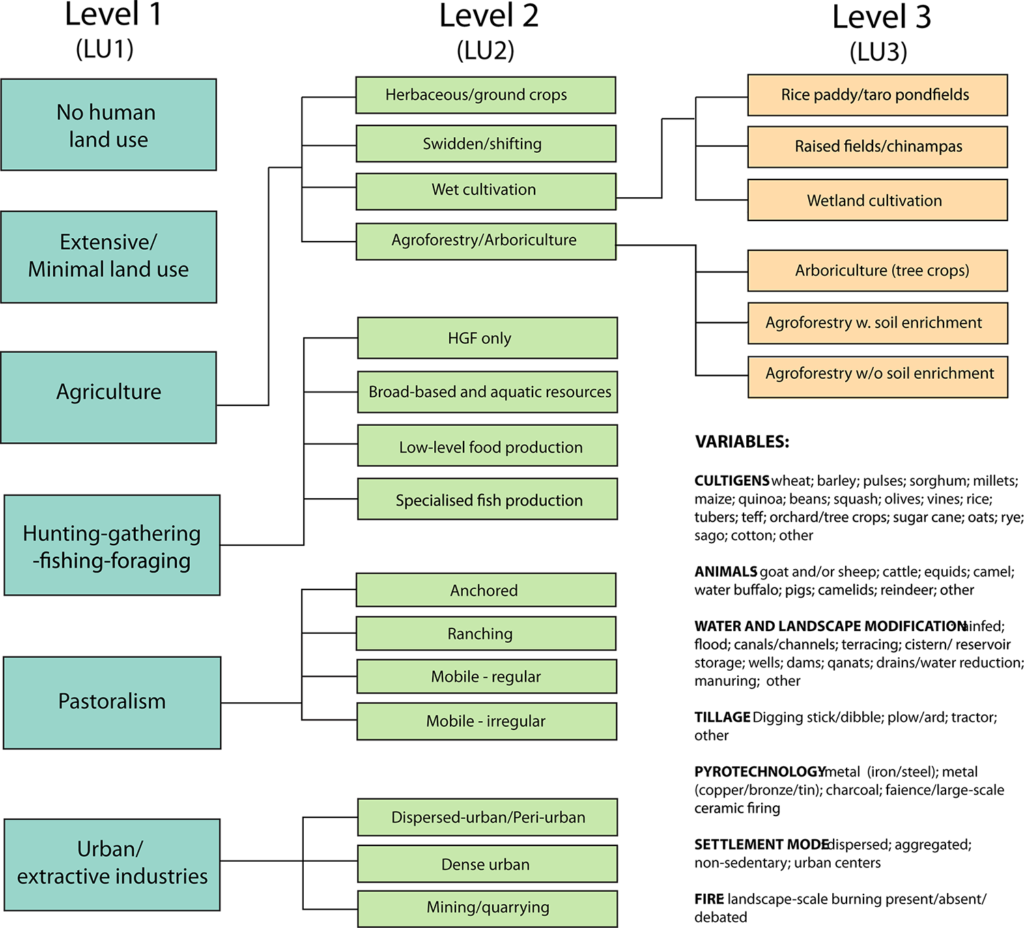
15th April 2021
An integrative skeletal and paleogenomic analysis of prehistoric stature variation suggests relatively reduced health for early European farmers (preprint)
Here I collaborated with Stephanie Marciniak (Penn State, USA; leading author) on an integration of osteological and palaeogenomic data for 160 individuals. This dataset then served to evaluate health in prehistory, finding that reduced stature and other stress markers appeared more frequently during the shift to agriculture. Really looking forward when the paper will be published!
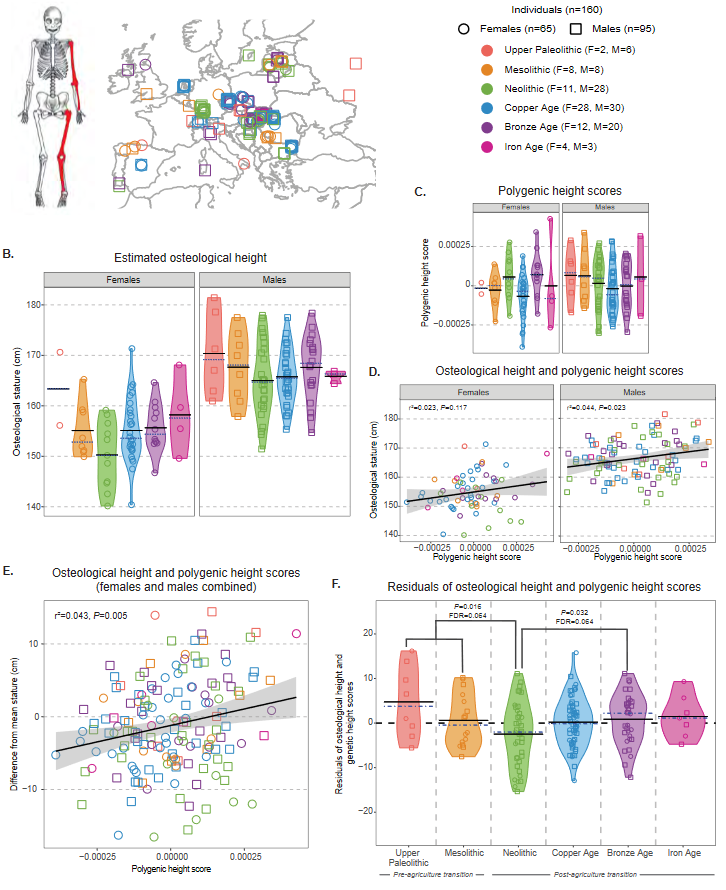
4th April 2021
Migrations or local interactions? Spheres of interaction in third-millennium BC Central Europe
In this paper in Antiquity I used some of the data collected for my doctoral dissertation and showed how archaeology can analyse the available data. Archaeology and archaeogenetics are in a lively discussion due to the current interest in human mobility. On the one hand, archaeogeneticists often interpret their results in terms of large-scale migrations, which is criticized for a lack of social theory or an interest in human behaviour. On the other hand, archaeologists are blamed for providing the samples and no intellectual input. Through the example of local interactions within the Corded Ware culture, this paper illustrates how detailed and theoretically informed archaeological insights are crucial for understanding human mobility and how archaeology can be a better partner for bioarchaeological research in general.
